There are two types of anglers: Those who just need a knot to do its job and those who really like to nerd out about knots. If you fall into the latter category and have been tying the Bimini Twist since you were in diapers, this article may or may not be for you. But, if you’re just looking for knots that work, then step right up because we have six great ones—plus, a few bonuses.
When you think about it, most knots operate on a sliding scale. For every extra twist and turn you make, you’re sacrificing something on the opposite end. For instance, a few extra twists in your improved clinch knot may make the knot more secure, but could weaken the overall strength of the line or a blood knot may be a “better knot” but can be damn-hard to tie when there are chunks of ice floating down the river.

In other words, there’s no such thing as a perfect knot, hitch, or loop—even if you name it the Perfection Loop—and every angler is going to have their own preference and take, whether it’s based in reality, superstition, or plain-old habit.
But, if you’re looking to learn a new knot or just want to nerd out a bit, here are six essential knots for fly anglers, along with a few alternatives.
Improved Clinch Knot
Use: Tying a fly to your leader.
Many anglers will roll their eyes at the inclusion of the Improved Clinch Knot, but it’s one of the most highly used knots for a reason—it lies right in the middle of the aforementioned sliding scale. It’s easy to tie, fairly strong, and keeps a low profile on the hook. Plus, if you’re into the nostalgia thing, this is probably the knot that your granddad taught you, and it’s definitely a tradition in most forms of angling.
But, if you’re going to add a different fly-to-leader knot to your arsenal, maybe give the Palomar Knot a look. It’s great for a few reasons. First, it’s fairly simple to tie and very strong. Second, you don’t need to hold onto the tag end, which makes it a great option when your hands are numb on cold days. And third, you can use the tag end as a way to attach a dropper in a hopper-dropper rig as well.
Nail Knot
Use: Attaching backing to fly line, fly line to a leader, or any lines of different diameters
We tried to find an alternative for the Nail Knot, but there’s just not much out there, which speaks to the functionality of this fairly complicated, but highly effective knot. And, when done correctly, this is also a knot that you won’t need to tie too often, so the difficulties in tying it are few and far between. There are a few different ways to tie this one, and a tying tool helps quite a bit, but we like the simplicity and efficiency of this method, which can be used with a bodkin needle or, yes, even a nail.
Double Surgeon’s Knot
Use: Tying two lines together, generally leader and tippet materials

This one was a toss-up and has been hotly debated by fly anglers since the beginning of fly angliner (Ok, maybe a little dramatic), but we think the Surgeon’s Knot takes the cake by a slim margin because it’s just so easy to tie. And, the surgeon’s does tend to be a bit stronger than the Blood Knot, especially if the lines are more than .002” different in size. So, unless you’re in ideal conditions and have the skill to tie a Blood Knot, then we’d recommend a Double Surgeon’s Knot.
Alt: Blood Knot
Now, before you work yourself into a tizzy, we think the Blood Knot is the “better knot” in an ideal circumstance. And, as you’ll see in this article from Midcurrent, most of the professionals and veteran anglers use it as their go-to because it’s streamlined, strong, and is just a beautifully symmetrical knot to tie. Out of all the knots on this list, we highly recommend taking the time to learn this one.
Kreh Loop
Use: Tying a fly to a leader
Here’s a good rule of thumb: If Lefty Kreh used it, you should use it too. And here’s why he loved the Kreh Loop: “This is the strongest loop of any I tested. I prefer to finish the loop so it's small enough not to bind on the hook eye. One attribute of this knot as opposed to almost all other loop knots is when finished the tag end points toward the fly reducing chances of snagging.” The Kreh Loop is a great streamer loop because it gives the fly even more action in the water than tying directly to the eye of the hook.
Alt: Kryston Non-Slip Loop Knot
Many anglers prefer this awkwardly named loop knot because it’s slightly easier to tie than the Kreh Loop and you can more easily adjust the size of the loop. But, there’s one minor catch: It wasn’t designed by Lefty Kreh, so you’ll have to wrestle with that inner turmoil as you whip it up. Other than that, it’s a great option as well.
Arbor Knot
Use: Tying line backing to your reel
We’re not going to spend too much time on this one because there’s not too much to say about it. The Arbor Knot is simple, easy, fast, effective, and how many times do you actually get spooled on the river? So, in 99% of cases, use the Arbor Knot to attach your backing to the reel and move on with your life.
Now, when 99% of cases won’t cut it, you could go for the 100% Arbor Knot. This fairly complicated setup is an incredibly strong version of the Arbor Knot and we think it’s only useful if you’re targeting massive fish like tarpon, GTs, sailfish, or blue whales (just kidding). Pair it with a Bimini Twist and you’ll be ready for anything.

Perfection Loop
Use: Tying a loop in your leader or fly line, tying a fly to your leader
If you’re looking for a fast way to tie a strong loop, then the Perfection Loop is going to take the cake. With a little bit of practice you can tie this fairly simple knot up in just a few seconds. It’s generally used to tie a loop in your leader to attach it to the fly line, but can also be used to tie a fly onto the end of your leader as well, making it a second alternative to the Kreh Loop or Kryston Non-Slip Loop Knot.
Because this knot is so easy, fast, and strong to tie, you’d think it’d win out over the Perfection Loop, but it has one flaw: It gives a weird kink in the line. Other than that, the Surgeon’s End Loop is superior in just about every way. But, because the end of your fly line is generally not an area you experience breaks, strength isn’t the number-one factor here. But, if you’re worried about line strength, this may be a good option.
That’s it! Do you have a favorite knot that didn’t make it onto this list? Drop it in the link below and make your case for why it should make an appearance on the water.


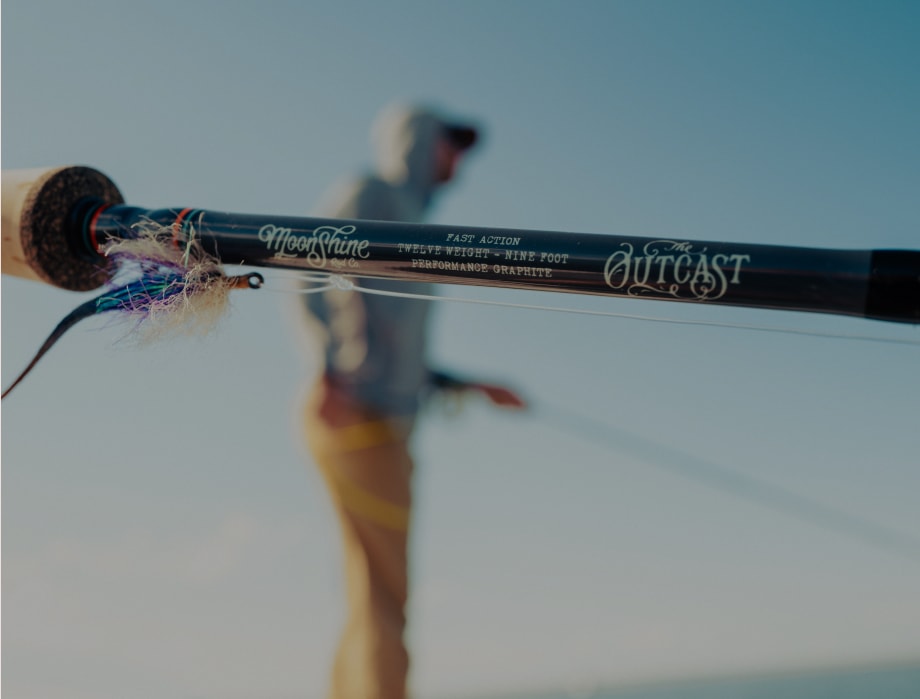
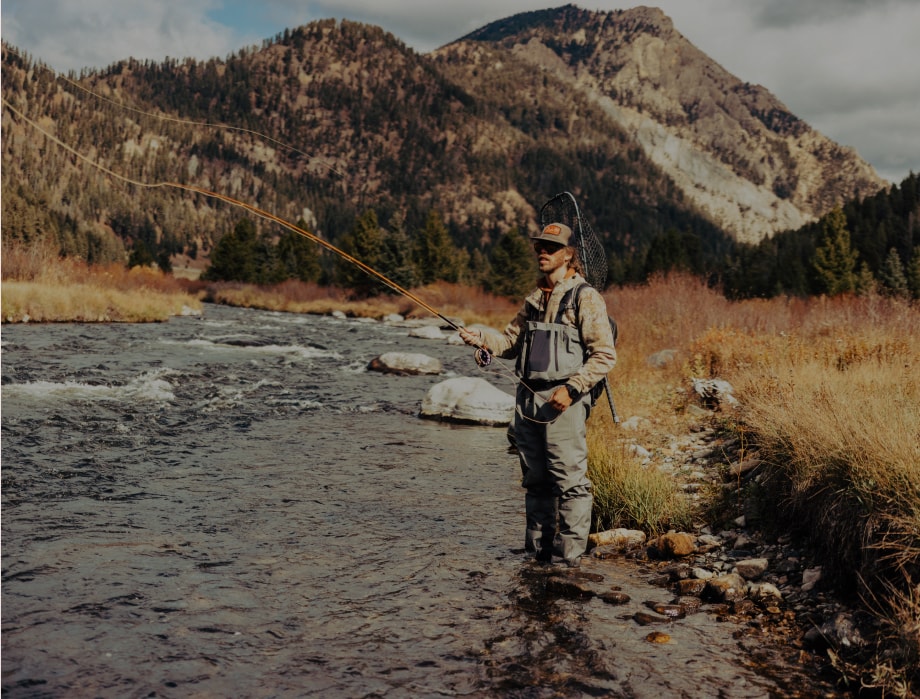
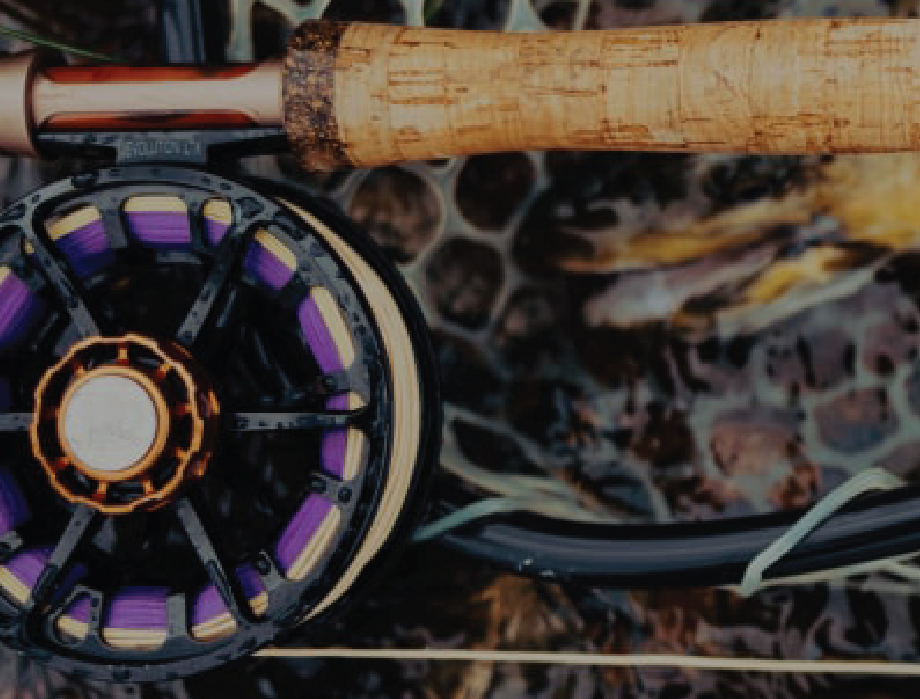



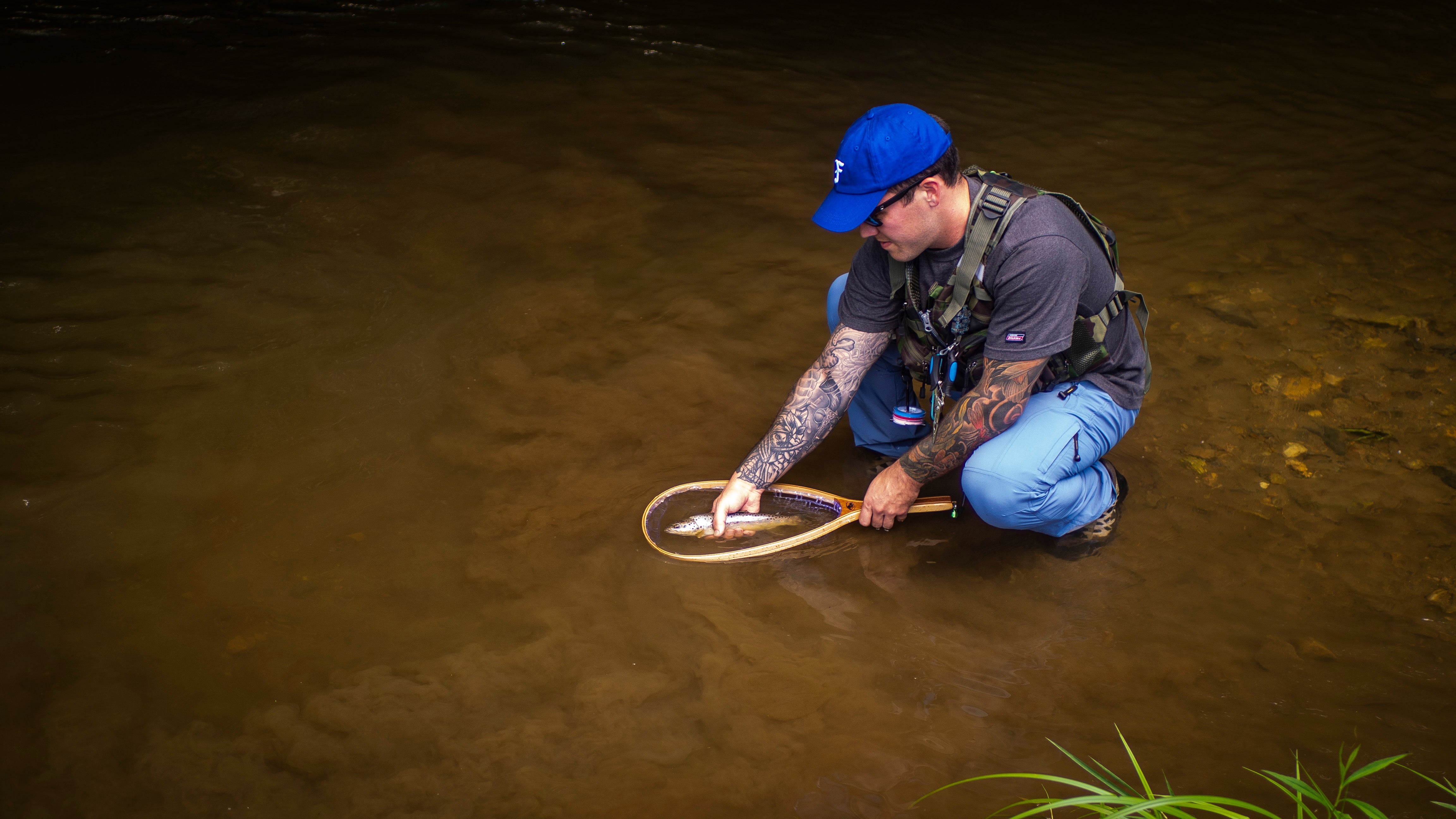
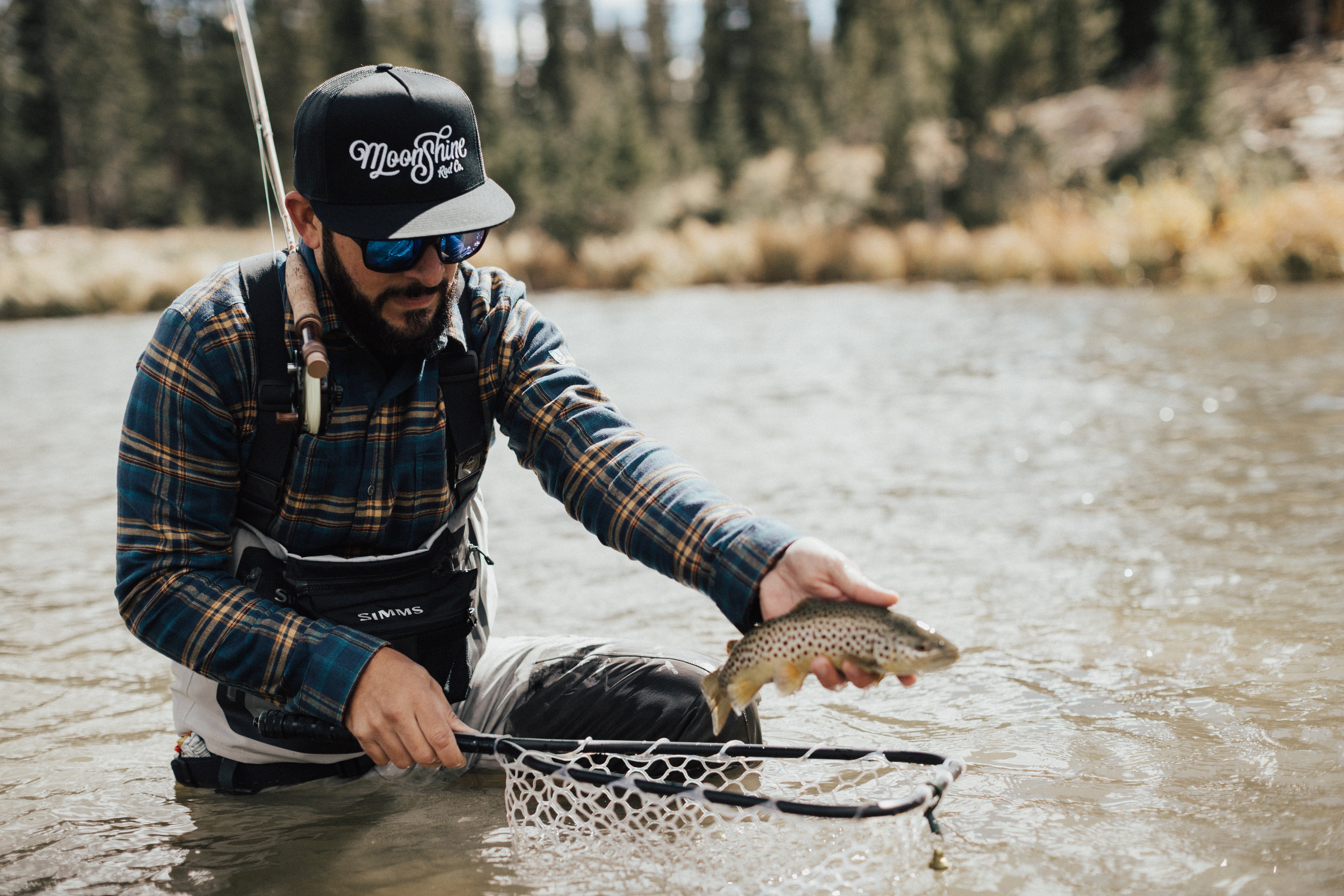
1 comment
Joshua Williamson
My vote is for the Uni knot because you can use it in so many of these fishing situations. Tie it directly to a hook and tighten all the way it’s a great strong knot. Want to have a loop for a streamer and just tighten down just before it seats at the eye of the hook and you have a loop knot. You can use a double uni to attach tippet to a leader . You can tie it off the bend of a hook for a double fly rig as well. Love the article and love you great rods keep up the great work 👍🏻
Leave a comment
All comments are moderated before being published.
This site is protected by hCaptcha and the hCaptcha Privacy Policy and Terms of Service apply.